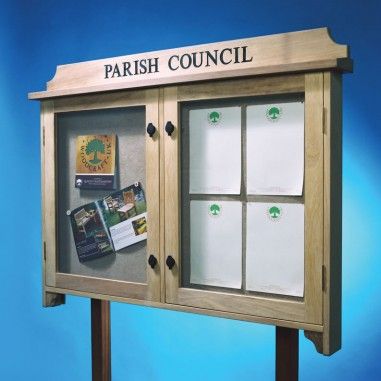Feed in tariffs for renewable electricity made community energy schemes a pretty good proposition for investors. Now they’ve gone, it can be harder to make the numbers work. But there are ways. Hugh Prentice explains how Parish Councils’ share of local taxation, the so-called precept they levy on residents, could support such a scheme.

With many Local and Parish Councils declaring a Climate Emergency there is real potential for wide community investment in creating new renewable energy. The investment could come from increases in precept, along with loans from the Public Works Loan Board (PWLB).
In the post FIT-age it has been hard to identify viable large scale projects, but as costs come down and the government, we hope, takes action to support carbon reduction, there will be opportunities. Parish Councils are well placed to benefit, as they are able to both raise their precept and borrow funds at low rates from the PWLB.
Imagine building a large onshore wind turbine or solar farm in North East Somerset. There are 40,000 households in the 57 Parishes. If each Parish increase the precept by £1 per week per household that’s £2m. Current precepts vary widely, from £8 to £102 a year for Band D homes, so on average this would roughly double the current precept – from £50pa to £100pa.
Then the Parishes borrow against that income over the following two years – say 80% – £3.3m. They invest those funds collectively in a Community Benefit company, and use the Community Benefit company to install and operate the renewable scheme – borrowing more if necessary from PWLB or more traditional lenders.
In year 2 the Parish Councils use the extra £2m precept to pay off most of the loan and interest, and in year 3 pay off the remainder.
The Parish Councils are the shareholders – they will receive interest on their shares, and get their capital returned, over the lifetime of the project.
The community gets support to reduce carbon emissions, and an income to their Parishes over the long term. That might be used to reduce the precept over the life of the scheme, or perhaps invest in further carbon reduction projects that could also reduce energy bills, such as rooftop solar for community buildings or even grouped domestic installations.
What’s not to like?

